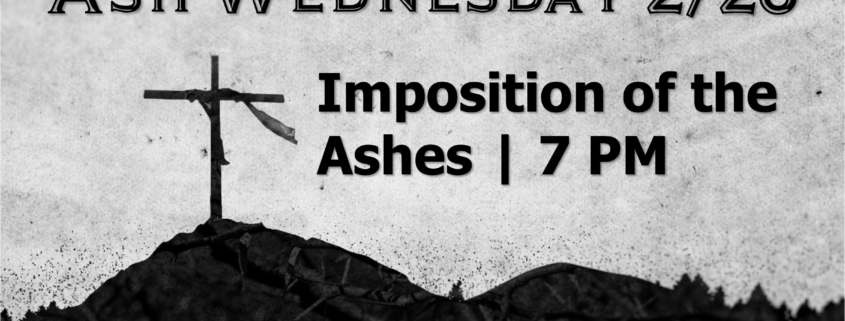
Hopefully, this is why Christians wear those ashes in the simple shape of the cross.Being a new Lutheran, this is going to be my first Fat Tuesday, Ash Wednesday, Holy Week.being raised in a Baptist church, Easter was celebrated but that's it. As Isaiah puts it (61:3), only our Lord can bestow on us “a crown of beauty instead of ashes, the oil of gladness instead of mourning, and a garment of praise instead of a spirit of despair.” (Isa 61:3 NIV 84) But, “In him we have redemption through his blood, the forgiveness of sins, in accordance with the riches of God’s grace.” (Ephesians 1:7 NIV 84) Only Jesus can replace our sorrow with joy our sadness with forgiveness, and our sin with his righteousness. We certainly want to remember that all our sorrow, weeping, sacrificing, fasting, wearing of ashes and penance couldn’t begin to pay for a single sin. Why did the Lutheran Church stop using ashes? Most likely because the practice is not commanded by Scripture and can be abused. By the 10th century, the monk Aelfric tied the practice to Lent, when he wrote, “Now let us do this little at the beginning of our Lent that we strew ashes upon our heads to signify that we ought to repent of our sins during the Lenten fast.” Usually the ashes used today come from the burnt Palm Sunday palm branches of the previous year. (Matthew 11:21, Luke 10:13)įor this reason, the early church leader Tertullian (160 to 225 AD) urged the use of sackcloth and ashes as an outward sign of repentance. Even Jesus our Savior mentions “sackcloth and ashes” in connection with repentance, but he doesn’t command it. Job repented in “dust and ashes.” (42:6) Esther (4:1), Ezekiel (27:30), and Daniel (9:3) all mention the use of ashes as a sign of repentance and sorrow. You will, however, find that the wearing of ashes was an ancient symbol for sorrow over sin. You won’t find a single verse that mandates it. Is the use of ashes commanded by our God? No.

So the wearing of the ashes becomes a sign of repentance over sin. They also become a forceful reminder of the sin that grips us all, going back to Adam and Eve’s fall into sin.

On Ash Wednesday, the ashes are applied to a person’s forehead in a simple ceremony called “the imposition of ashes.” As the “imposer” (priest, pastor) applies the ashes, he says the words, “Remember that you are dust, and to dust you shall return.” (Genesis 3:19, Ecclesiastes 3:20) The ashes symbolize the dust from which God made us. I wondered what that was all about? I soon learned this was a practice primarily observed by Catholics on what some called “The Day of Ashes.” I have since learned that some Protestants, even Lutherans are joining in this practice. As a little boy, I remember seeing some folks, usually older, with a little cross on their foreheads on Ash Wednesday.


 0 kommentar(er)
0 kommentar(er)
